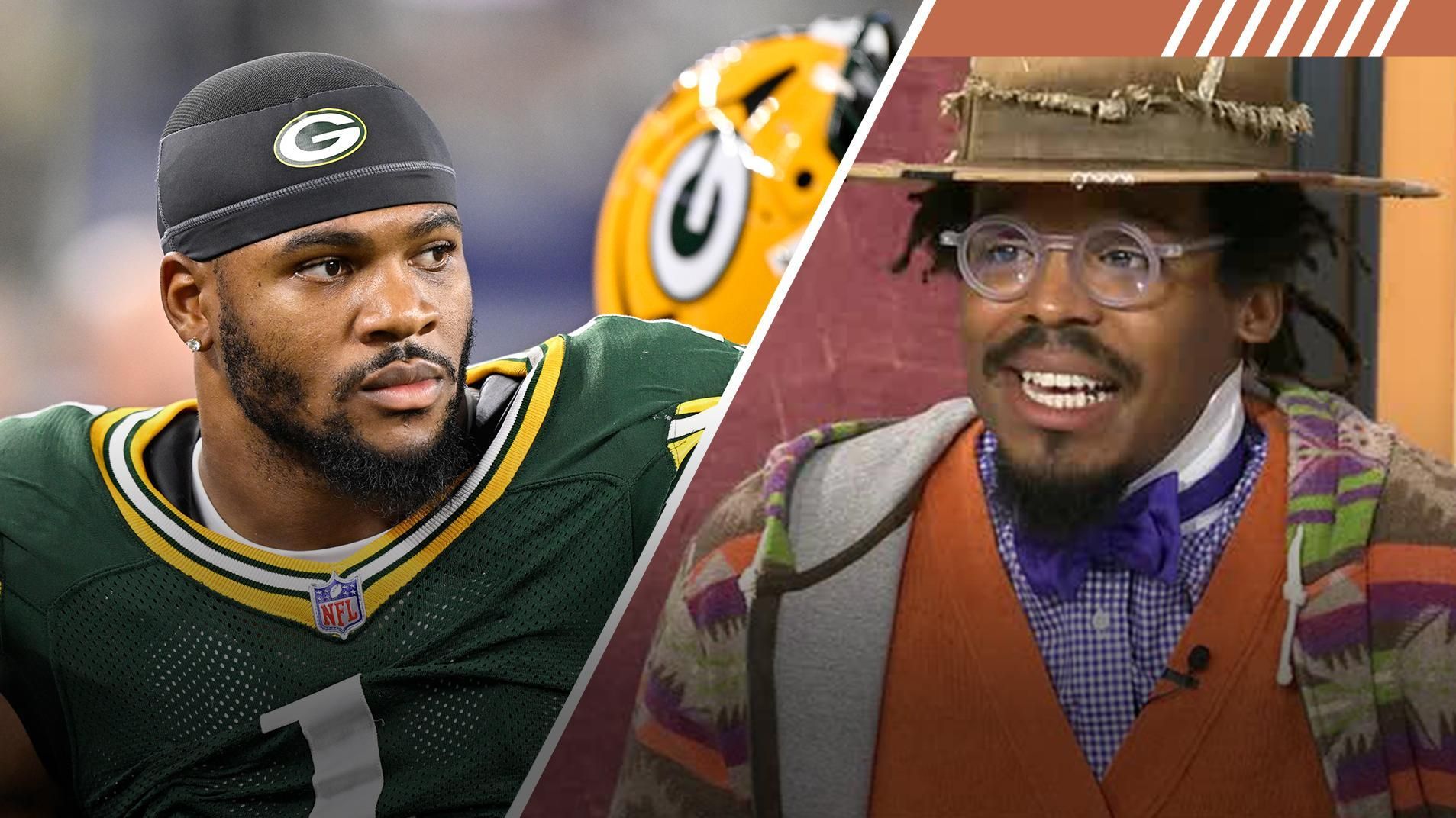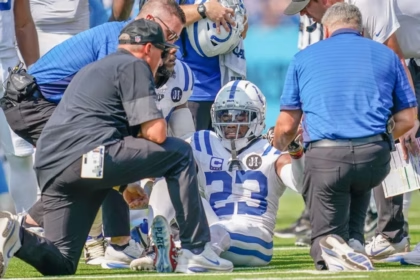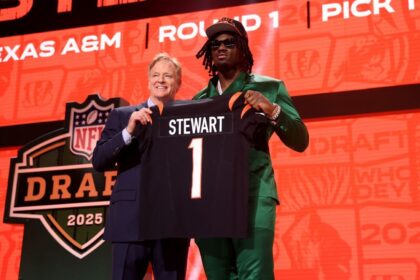Improvement in the Coaches Challenge: A Key Change in the NFL
The effectiveness of coach challenges in the NFL has experienced a notable increase this season, rising from 39.6% to 60%. This increase is attributed to a discreet adjustment made during the preseason, which allows coaches and club personnel in the training booth to access the same camera feed as the replay official on the field.Before this season, the coaching staff could only watch the television broadcast, which often arrived late and with limited angles. Primetime games feature more cameras and, therefore, more angles, while 1 p.m. games had fewer cameras, making it difficult for coaches to get a good view of a specific play. This change has had a tangible impact. The additional angles have increased the success rates of challenges by approximately half, going from 40% last season to 60% in the current one. Teams are also challenging more frequently, with 60 challenge flags thrown in the first seven weeks of 2025, compared to an average of 51.5 in the first seven weeks of the last four seasons. A person involved in game management for an NFL club commented that the Hawk-Eye view has helped prevent some challenges from being thrown. The room where all replays are reviewed, known as Art McNally Gameday Central, has implemented a system that allows teams to view non-televised angles, providing more relevant information for specific plays. Staff can access multiple angles and presets, streamlining the review process. The room staff can listen to six games at once and switch between audio broadcasts to monitor any game where an official makes an announcement or a coach throws a challenge. Replay supervisors can communicate with the replay official in each game’s booth, and faster reviews are being conducted, which has reduced the average review time by almost a minute in the last two years. In 2023, the average review time in the first seven weeks of the season was 2:20. This year, it has dropped to 1:25. In addition, the road repetition assistant has been moved to work from AMGC each week, instead of being in the stadiums with their assigned refereeing teams.In the replay booth, the replay official has a smaller screen with that work box in the middle of their screen. What’s in the replay official’s work box goes to both the teams and their coaches.
Mark Butterworth, NFL Vice President of Replay Training and Development
Regarding the final decision-making in replays, NFL rule 15 states that the “senior vice president of officiating or his designee” is the person who can initiate a review of a play, conduct a review, change the ruling of a play, or disqualify a player. The final decision is made at the AMGC.
Butterworth, who took over with the league before last season, works in collaboration with other supervisors and decision-makers. He stressed that the goal is to keep review time down, accuracy high, and get back to live plays in the three-hour game. Troy Vincent, NFL’s executive vice president of football operations, mentioned that the consistency of the officiating crew and areas for improvement were topics of review during the football session with the ownership. Offensive pass interference and offensive holding, which continue to generate debate, were addressed. The “tush push” play was a point of emphasis for NFL officiating crews this season. The league included the play in the weekly training tape after Week 2, indicating that referees had overlooked a possible false start by the Eagles and ordering teams to call the play “strictly”.







